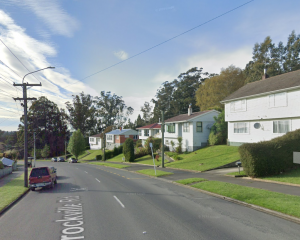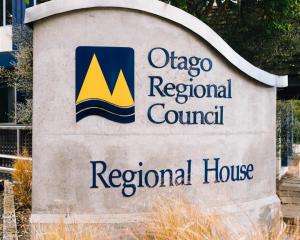The study looked at the severity of tooth decay among children under the age of 7 who required treatment under general anaesthesia - which is used in severe cases of decay - at the Otago University School of Dentistry from 2001-09.
A total of 1396 children from Otago were included.
The study found there was a ''statistically significant'' difference in the severity of cases of children who lived in non-fluoridated areas, compared with those from fluoridated areas.
The study's authors Marina Kamel, Prof Murray Thomson and Prof Bernadette Drummond said the results underlined the importance of fluoridation as a ''public health measure'' for decreasing New Zealand's ''unacceptably high'' rates of extensive tooth decay among children.
Children from non-fluoridated areas on average presented with 4.9 decayed teeth compared with 3.9 decayed teeth for those from fluoridated areas, the study showed. Those from non-fluoridated areas were also on average 2.4 months younger when they required treatment and on average were more likely to have decayed teeth in every tooth type.
Prof Thomson said the study, like others, showed children's dental health suffered when councils did not add fluoride.
''If they do remove it from the water, they will be shifting costs on to families, on to children and on to communities and the health sector,'' he said.
Hamilton councillors voted in June to stop adding fluoride to the water supply there. In May, the Dunedin City Council voted to reduce the amount added to the city's main supply from 0.85mg a litre to 0.75mg a litre.












